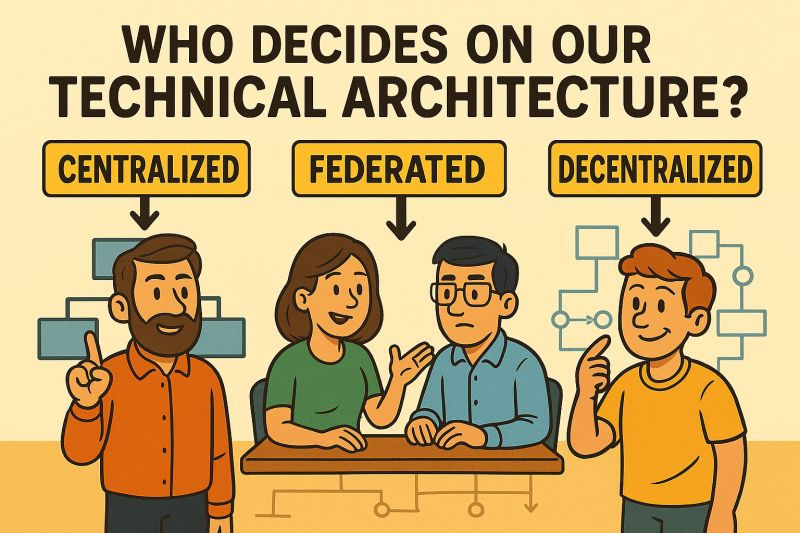Should You implement the Spotify Model ?
- Kjell Moens

- Jun 17
- 1 min read
Updated: Jun 20

I got this question a lot from founders and engineering leaders trying to scale.
The Spotify model—tribes, squads, chapters, guilds—sounds great. It promises autonomy, alignment, and speed. The diagrams look modern. The language feels empowering.
But here’s the part most people miss:
Even Spotify doesn’t use the Spotify model anymore.
It wasn’t a rigid framework. It was a snapshot in time—an aspirational way to describe how they were evolving their org. And it worked for them, at that moment, with their culture, scale, and leadership maturity.
When companies try to copy-paste it, things tend to fall apart:
- Squads without real ownership just become renamed scrum teams
- Tribes become silos
- Chapters lack purpose
- And leaders start managing a matrix org without the structure, trust, or process to support it
Instead of adopting someone else’s model wholesale, we recommend something simpler:
Build your own operating model—one that reflects where your startup is today.
Start with:
- Clear ownership
- Lightweight rituals
- Good communication loops
- Autonomy that comes after alignment
Then evolve the structure as the company grows - intentionally.
The best org model is the one your team actually understands, respects, and can scale. Not the one with the coolest diagram.



Comments